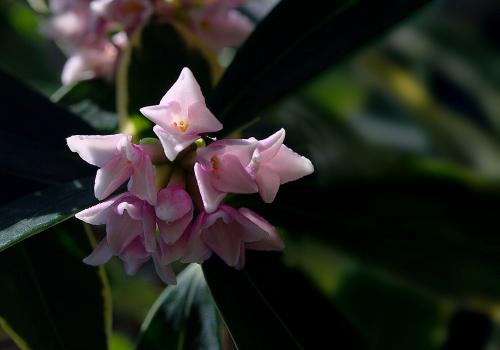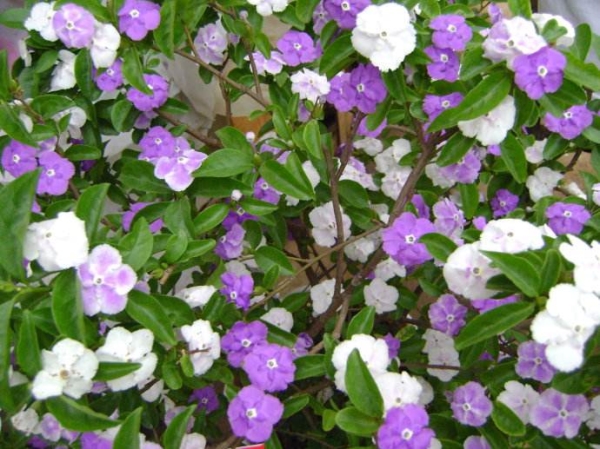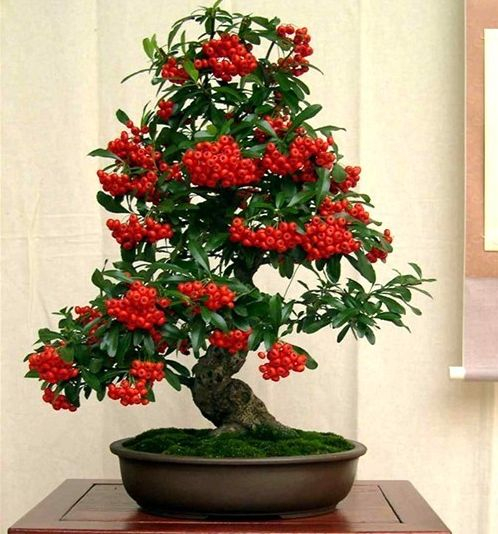The solution to the yellowing and sagging of Phnom Penh Daphne leaves
The first measure-- soil.
Phnom Penh Daphne leaves yellowing and sagging may be because the soil is too alkaline, so to solve the problem of Phnom Penh Daphne leaves yellowing and sagging, you only need to change the soil to a slightly acidic one, or add some acidic solution to the soil to increase the acidity of the soil.
The second measure-- lighting.
Phnom Penh Ruixiang likes the semi-overcast environment, but it also needs light, so Phnom Penh Ruixiang should be placed in a ventilated place, but also make sure that the sun shines on Phnom Penh.
The third measure-- temperature
Phnom Penh Daphne is not cold-resistant, if the temperature is too low, it will hinder the growth of Phnom Penh, so the leaves are easy to yellow and droop. At this time, we have to move Phnom Penh Daphne to indoor breeding, to ensure that the temperature can not be lower than 5 degrees.
The fourth measure-watering
Phnom Penh Daphne likes semi-shade but is afraid of water dampness, if too much water will cause Phnom Penh Daphne leaves to yellowing and sagging, so pay attention to control the amount of water when watering Phnom Penh Daphne.
The fifth measure-fertilization
When fertilizing Phnom Penh Daphne, we generally choose thin fertilizer, which can ensure the healthy growth of Phnom Penh Daphne and can not be over-fertilized.
The sixth measure-- diseases and insect pests
Phnom Penh Daphne is more vulnerable to insect pests, so it is necessary to control them. Once pests are found, insecticides should be sprayed in time, which is relatively fast.

What if the leaves of Daphne odorata turn yellow and droop in Phnom Penh?
Phnom Penh Daphne has bright colors and charming fragrance, which is of high ornamental value. Flower friends are often not careful enough when they are cultivated, and there is often a phenomenon of yellowing of leaves. Let's take a look at what the reason is and what to do.
What about the yellowing of Phnom Penh Daphne leaves? the reason for the yellowing of Phnom Penh Daphne leaves: the soil is alkaline.
Phnom Penh Daphne is suitable to grow in loose and fertile soil rich in humus. If the selected soil is alkaline, it will cause the leaves of Phnom Penh to turn yellow slowly.
Solution: replace the acidic soil or add ferrous sulfate solution to the basin soil.
The reason for the yellowing of Phnom Penh Daphne leaves: the sun is too strong
Daphne in Phnom Penh likes the sun, but is afraid of the hot sun. In summer, plants should be placed in a cool and ventilated environment, or in an environment without direct sunlight. If the sun shines too hard or there is no sunlight, it will cause the leaves to turn yellow.
Solution: put Phnom Penh Daphne in a place with plenty of astigmatism.
Reason for the yellowing of Phnom Penh Daphne leaves: the temperature is too low
The drought resistance of Phnom Penh Daphne is poor, if the temperature is too low, the growth of the plant is inhibited, and the leaves are easy to yellowing and falling off.
Solution: the potted plant of Daphne odorifera in Phnom Penh should be moved indoors before Frosts Descent, and the temperature should not be lower than 5 ℃.
The reason for the yellowing of Phnom Penh Daphne leaves: excessive moisture
Phnom Penh Daphne likes to be afraid of waterlogging, and pot maintenance should control the amount of water. When the basin soil is too wet, it is easy to appear root rot and stem rot, resulting in yellowing leaves.
Solution: replant with clean sterilized culture soil, put it in a cool and ventilated place and water it reasonably.
The reason for the yellowing of Phnom Penh Daphne leaves: improper fertilization
Phnom Penh Ruixiang likes fertilizer, especially mature organic fertilizer, but the amount should be good, fertilization should be diligent. If you fertilize too much and do not water in time, it is easy to cause fertilizer damage, resulting in Phnom Penh Daphne leaves yellowing.
Solution: reasonable fertilization, choose mature bean cake fertilizer and water, and dilute it before fertilization.
The reason for the yellowing of Phnom Penh Daphne leaves: diseases and insect pests
Phnom Penh Ruixiang improper maintenance is easy to be disturbed by diseases and insect pests, Fusarium wilt or leaf spot disease is, the leaves will be yellow and dry.
Solution: during the onset of the disease, timely spraying agents, once a week, continuous spraying or root irrigation for 5 or 6 times, the effect will be more obvious.
- Prev

The reason why two-color jasmine does not bloom
Improper watering if too much watering, it is easy to lead to excessive growth of leaves, branches and leaves will absorb nutrients in the past, thus affecting flowering, so watering should adhere to the principle of dry and wet. To keep the air moist, spray water on the leaves. Improper fertilization and selection of fertilizers containing too much nitrogen will lead to vigorous growth of branches and leaves.
- Next

The main points of making firethorn bonsai
Piles are used in the south and cuttings are used in the north. 1. Pile picking: first of all, make preparations before digging, prepare branch shears, handsaws, knives, small shovels, large and small plastic bags or other packing bags. Choose the species with graceful posture, small branches and leaves, strong germination and resistance to pruning, easy potting and long life.
Related
- Fuxing push coffee new agricultural production and marketing class: lack of small-scale processing plants
- Jujube rice field leisure farm deep ploughing Yilan for five years to create a space for organic food and play
- Nongyu Farm-A trial of organic papaya for brave women with advanced technology
- Four points for attention in the prevention and control of diseases and insect pests of edible fungi
- How to add nutrient solution to Edible Fungi
- Is there any good way to control edible fungus mites?
- Open Inoculation Technology of Edible Fungi
- Is there any clever way to use fertilizer for edible fungus in winter?
- What agents are used to kill the pathogens of edible fungi in the mushroom shed?
- Rapid drying of Edible Fungi

